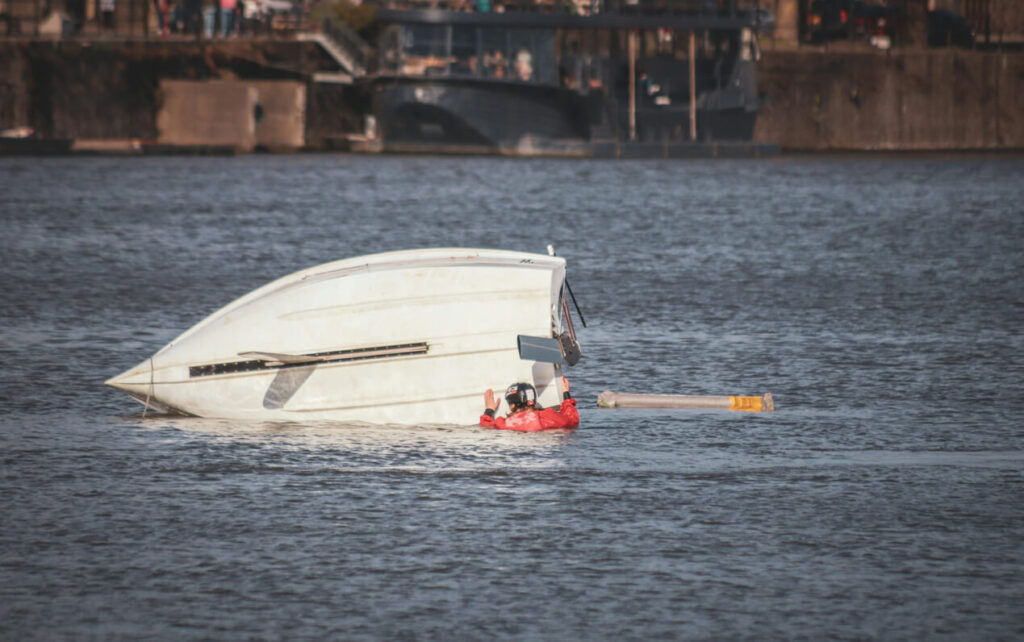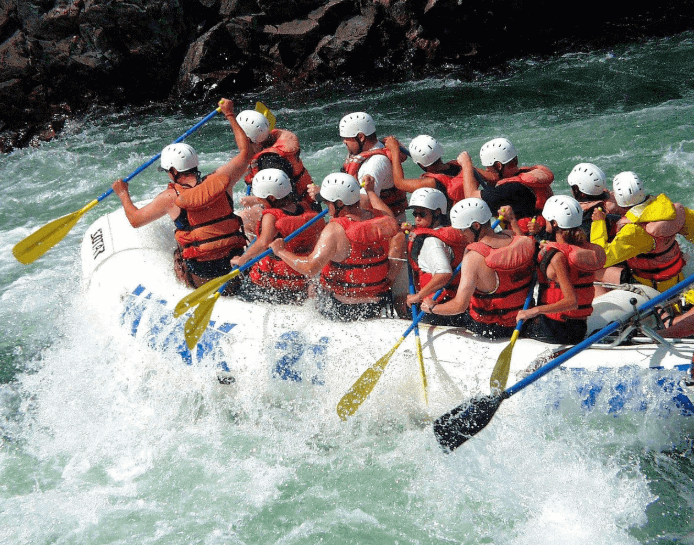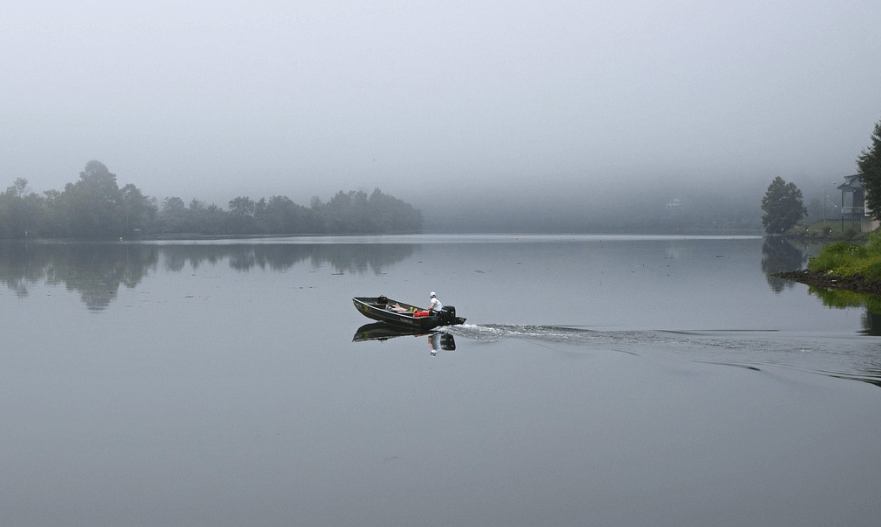Introduction
Boating is one of America’s favorite pastimes, with over 11 million recreational vessels registered across the United States. Whether you’re kayaking in the Pacific Northwest, fishing off the Florida coast, or cruising the Great Lakes, the water offers peace — but also danger. One of the most terrifying emergencies is when your boat unexpectedly overturns. Cold water shock, panic, and disorientation can hit in seconds. Many people drown not because they can’t swim, but because they don’t know how to respond. So, what should you do if your boat capsizes? This guide delivers exactly what you need — real-life, step-by-step actions that can save your life and others. From staying afloat and conserving body heat to signaling for rescue and preventing capsizing altogether, you’re in the right place. This isn’t generic advice — it’s the most complete, practical survival guide you’ll find for boaters in U.S. waters.
1. What Is a Boat Capsize?

A boat capsizes when it tips sideways or upside down, often throwing passengers into the water. It can happen to any vessel, but small boats under 20 feet—like jon boats, pontoons, canoes, and kayaks—are at the highest risk.
Types of Capsizing:
- Lateral tip-over: The boat leans or rolls to one side.
- Turtling: The boat turns fully upside down.
- Swamping: The boat fills with water but doesn’t overturn.
Understanding how boats behave during capsize situations helps you make faster, smarter survival decisions.
2. What Causes Boats to Capsize?
Most capsizing accidents are avoidable. According to the U.S. Coast Guard, common causes include:
- Overloading: Carrying more passengers or gear than your boat’s rated capacity.
- Uneven weight distribution: Too much weight on one side or standing passengers.
- Sudden weather changes: Storms, strong gusts, or fast-moving currents.
- Improper handling: Sharp turns at high speed, especially in smaller crafts.
- Striking underwater objects: Rocks, tree stumps, or debris.
- Alcohol use: Impaired judgment increases accident risks significantly.
Even highly experienced boaters have capsized due to just one of these factors.
3. Step One: Stay Calm and Get Oriented
When your boat capsizes, your initial response determines your survival odds.
What to do immediately:
- Take a deep breath and stay calm.
- Surface and orient yourself—figure out which way is up.
- Look for the boat, people, and any floating gear.
- Call out to others. Do a headcount as soon as possible.
Panic burns energy, clouds thinking, and causes poor decisions. Calmness is your strongest asset.
4. Put On a Life Jacket (Or Help Others Do So)

If you’re not already wearing one, grab a U.S. Coast Guard-approved life jacket and put it on immediately.
Fact: 86% of boating-related drowning victims in the U.S. weren’t wearing life jackets at the time of the incident.
What if there are no jackets?
Use:
- Floating coolers
- Sealed water bottles
- Cushions or dry bags
- Anything buoyant that you can hold on to
Also assist children, weak swimmers, and unconscious passengers as a top priority.
5. Stay With the Boat—It Can Save You
Unless the boat is sinking rapidly, stay with it. Even a flipped or partially submerged boat offers support and visibility.
Why staying with the boat matters:
- It provides flotation and something to cling to.
- It’s easier to see from the air than a person’s head.
- You may still retrieve supplies or signaling tools.
- It gives you psychological grounding during a crisis.
Even if the boat looks like it’s done for—it’s your best lifeline.
6. Get Out of the Water If You Can
In cold water, exposure is the real killer. Hypothermia can start within minutes.
If possible:
- Climb onto the keel, hull, or floating debris.
- Elevate your torso above the waterline.
- Even a few inches out of the water drastically slow heat loss.
This small move can give you hours more survival time in frigid water.
7. Use the H.E.L.P. Position to Slow Hypothermia
If you’re wearing a life jacket and stuck in cold water, assume the H.E.L.P. (Heat Escape Lessening Posture).
How to do it:
- Cross your arms tightly over your chest.
- Pull your knees up into a fetal position.
- Keep legs and feet together.
- Float as still as possible.
This position conserves heat by protecting your heart, lungs, and core.
In a group? Use the huddle technique:
- Face inward and wrap arms around each other’s shoulders.
- Stay as close as possible for warmth and visibility.
Even experienced boaters have died in under an hour when not using heat-saving postures.
8. Signal for Help Immediately
Don’t wait for the situation to get worse—start signaling for help right away.
Ways to signal:
- Whistle, air horn, or shout at passing boats.
- Wave bright clothing or life jackets above your head.
- Use a mirror or reflective object to flash sunlight.
- If you have a VHF marine radio, use Channel 16 to call for emergency assistance.
- Deploy flares, dye markers, or EPIRBs (Emergency Position Indicating Radio Beacons).
Rescuers are trained to look for movement, contrast, and reflective surfaces.
9. Don’t Swim Unless It’s a Last Resort
Swimming seems like a solution, but it’s often a fatal mistake.
Even trained swimmers have died trying to reach shore just 200 yards away.
Only swim if:
- The boat is sinking or on fire.
- Rescue is not coming and the shore is clearly visible and close.
- You’re in a safe, calm area—and are physically capable.
Swimming increases fatigue, cold shock, and disorientation. Unless absolutely necessary, conserve your energy.
10. Use Your Emergency Kit or Ditch Bag
If your boat is equipped with a ditch bag, retrieve it if safe. A waterproof emergency kit can save your life.
What to include in a ditch bag:
- Waterproof flashlight or headlamp
- Signal mirror
- Flares or glow sticks
- VHF radio or waterproof phone case
- Emergency whistle
- First aid kit
- Emergency blankets (space blankets)
- High-energy snacks and water pouches
- Knife or line cutter
- Personal Locator Beacon (PLB) or EPIRB
Make sure it’s floatable, sealed, and easily accessible. Don’t store it deep in a compartment.
11. Administer First Aid in the Water
If someone is injured or unconscious:
- Keep their head above water.
- Apply pressure to bleeding wounds using clothing or life jackets.
- Talk to keep them conscious and calm.
- Don’t attempt CPR until you’re on a firm surface.
Secondary drowning and shock are serious risks. Keep them warm and reassured until help arrives.
12. Protect Against Sun, Cold, and Dehydration
Long-term exposure brings secondary threats:
- Sunburn: Use clothing or flotation items as shade.
- Cold: Use H.E.L.P. or huddle. Keep torso and head out of water.
- Dehydration: Sip from emergency water or collected rain. Never drink seawater.
Boaters have survived multiple days adrift by staying covered, calm, and conserving strength.
13. When Help Arrives: Stay Calm, Follow Instructions
When rescue boats or helicopters approach:
- Wave slowly and clearly.
- Use your whistle or mirror to get their attention.
- Do not swim toward rescuers unless instructed.
Let them come to you. Panicked movement can delay or endanger the rescue process.
14. After Rescue: Seek Immediate Medical Attention
Even if you feel fine, insist on a medical check-up. You may suffer from:
- Hypothermia
- Water inhalation
- Secondary drowning
- Dehydration or shock
- Soft tissue injuries
Many fatal boating accidents happen after rescue due to untreated medical conditions.
15. Capsizing Prevention Tips: Be Proactive, Not Reactive
Preparation is the #1 defense against tragedy.
Before launching:
- File a float plan with someone on shore.
- Check the weather forecast and tides.
- Know your boat’s weight and passenger limits.
- Bring redundant safety gear.
- Distribute gear and people evenly.
- Complete a boating safety course (required in many U.S. states).
- Practice a capsize drill with your crew.
16. Cold Water Survival Time Chart (Know Your Window)
| Water Temp (°F) | Unconsciousness Time | Survival Time |
|---|---|---|
| 32.5° | Under 15 minutes | 15–45 minutes |
| 40° | 15–30 minutes | 30–90 minutes |
| 50° | 30–60 minutes | 1–3 hours |
| 60° | 1–2 hours | 1–6 hours |
| 70°+ | 2–7 hours | 2–40+ hours |
Final Words: Be Prepared, Stay Alive
Capsizing is terrifying. But it’s survivable—if you respond wisely.
Most people die not because their boat flipped—but because they weren’t ready for it. You don’t get to choose the weather, the wave, or the log you didn’t see. But you do get to choose how prepared you are when the worst happens.
Note to Fellow Boaters

If you’re reading this, you’re not just a weekend boater—you’re someone who takes life on the water seriously. This guide wasn’t written to scare you. It was written to keep you and your crew alive.
So, print this helpful guide on what should you do if your boat capsizes. Share it. Practice the steps. And every time you put your boat in the water, do it with respect for the risks and power to handle them.
Stay safe out there.
Visit our website for more. Click here: “Get Quick Answer“.

